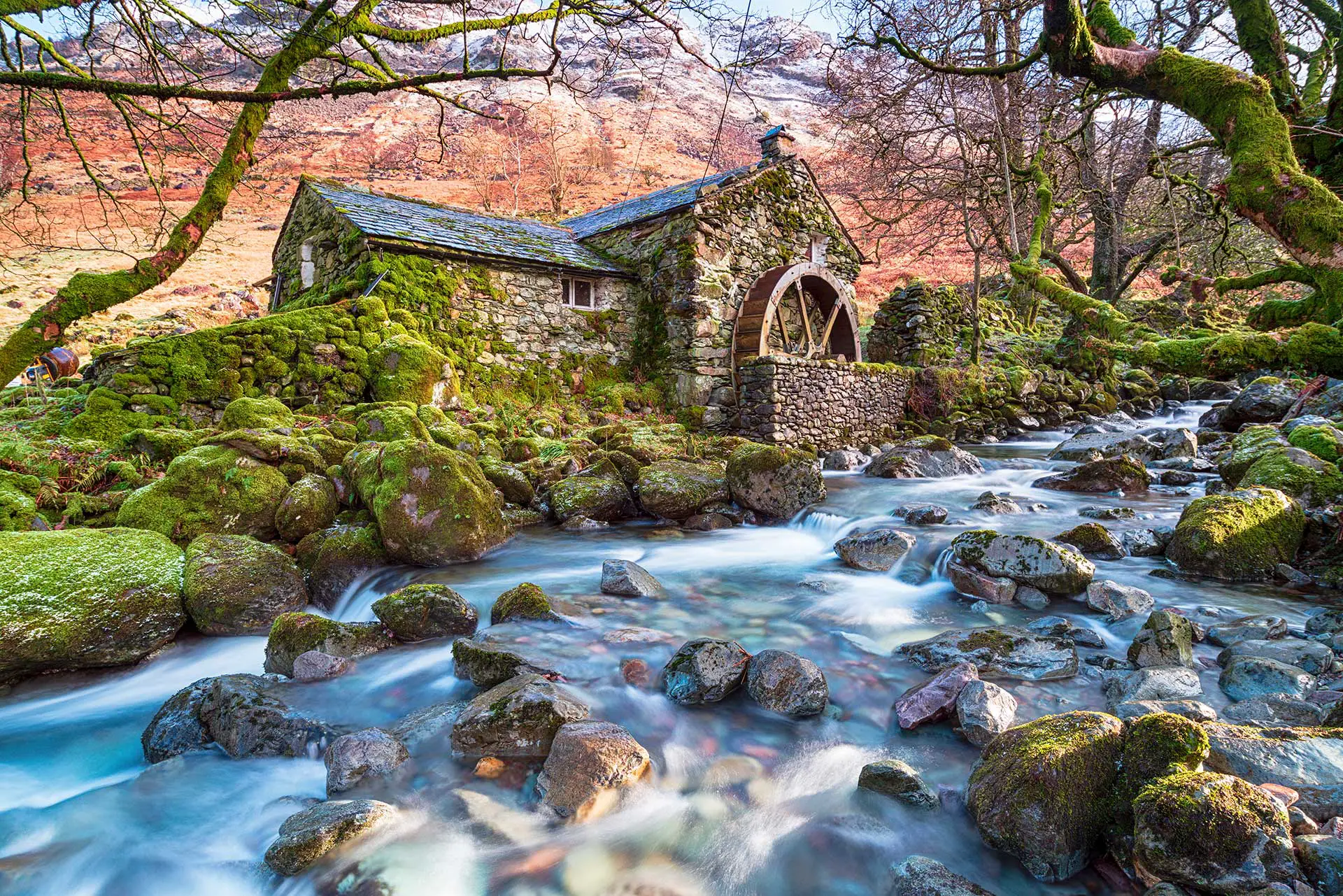In the fells of the Lake District in Cumbria sits Catbells, right on the western shore of Derwentwater and beside Keswick. It sounds cute and sweet, but it stands at a height of 451 metres – 1,480ft – and is not so cutesy after all! It doesn’t sound particularly high compared to other mountains or hills, but there are some steeper sections that you have to scramble up to get to the fantastic views at the top. For those who love to walk, this is one of those to add to the bucket list. People of all ages and fitness levels should be able to complete the walk and get to those views that are worth waiting for!
Most people don’t know where the name Catbells comes from, but it’s commonly thought to be a word taken from Cat Bields, which means “home of the wild cat”. There’s no need to panic, though, there are no wild cats still roaming here!
Table of Contents
How Long Does The Walk Take?
The true answer to this doesn’t exist as it depends on you as a walker. Some people can do it in 2 hours and others take 4-5 including stopping along the way. The whole walk is 5.8km (3.5miles) and you can bring a picnic lunch with you to make stopping easier. Make sure you bring water and a camera with you – the views you’ll see will need to be burned into the brain to remember them! It’s a moderately difficult walk, and the Catbells Scramble refers to the steepest section – the rest of the walk is pretty straightforward.
Where is best to stay near Catbells Scramble?
There are a few different options for accommodations near Catbells Scramble, depending on your budget and preferences. For more affordable options, there are several camping locations in the area and some bed and breakfasts. If you’re looking for something a bit nicer, there are also some hotels and vacation rentals available.
Where Should You Start?
The most popular starting point for a walk to summit Catbells is Hawes End. Here’s where you can park the car and as it’s a busy car park, it’s always recommended that you get there early in the day so that you can leave the car safely. The good news is that there are plenty of signs that show you that Catbells are only a mile when you take the signposted trail. It’s a walk on a narrow stone path, and it heads straight towards the hills. There’s no missing it! If you’re going upward, you’re going the right way, so you won’t get lost! When you start at Hawes End, you get the chance to see the boats in the Derwent Water, which is a good picture opportunity. Of course, there will be plenty more by the time you start the climb up to the summit.
Catbells Scramble
The path to the summit is called the Catbells Scramble because you will not just walk or climb it, you’ll scramble up! While it doesn’t look like too hard a climb from a distance, it is a whole other affair up close. The path you started on ends and there’s a rocky ledge for around 200 metres. All you have to do is go through the middle, as there is no real straightforward pathway and the drops on either side are fairly steep. The last thing you want is to fall here, especially if you are going it alone. It may seem like you can avoid scrambling if you take the right sided path, but it does become a scrambled path in the end and it’s actually a little more frightening and precarious on this side. For most of it, you’ll need to use your hands, but if you don’t have vertigo and you aren’t going to be afraid, it’s the best feeling to make it to the top. Try to go when the weather is due to be dry, and the rocks won’t be slippery.
One thing to note is that you will need to try to visit on days that are less windy – it’s only a small rocky patch at the summit and it does pick up the wind up there. As you climb, you’ll pass the memorial to Thomas Arthur Leonard, who was an outdoor holiday pioneer for the working people. As you follow this path, you’ll get to a rocky section and this is where you scramble to the top. The views are worth the scramble, though, and it’s not the best climb for those with vertigo – unless you’re brave enough to try it!
At the top, you’ll be able to see the views to Skiddaw in the north, and you may even see a dusting of snow at the right time of year. It’s right above Keswick, which you can see from the top! It’s a busy place to visit through the summer, of course, but you can always climb up to see the sunrise. You can sit here to drink in the views and take some of the most glorious photographs.
The Path To Borrowdale
Once you’ve taken all the photographs you can take, you then continue downhill. There is more than one path and the one on the right goes to Little Town and the valley. If you continue on this same path, you will come to steep steps. These stone steps can be difficult so take your time! You take these steps down until you get to the Catbells bridleway. Once you get here, you then take the left path at the fork. This is the path that takes you back to Hawes End, and you will see a stunning view of the lakes to the right along the way. It’s not as gorgeous a view as the very summit of Catbells, but it’s still worthy of a snap or two!
Some people choose to scramble back down but it’s definitely not the thing to do if you’re terrified of heights or you aren’t willing to risk life and limb! The route we’ve described, however, is the easier and more scenic route. A lop track back to Hawes End is usually the preferred option as you can get back to the car, and if you don’t want to scramble you can take this route in the first place, too. Catbells Scramble is not an easy one, but it’s worth it for the view!

